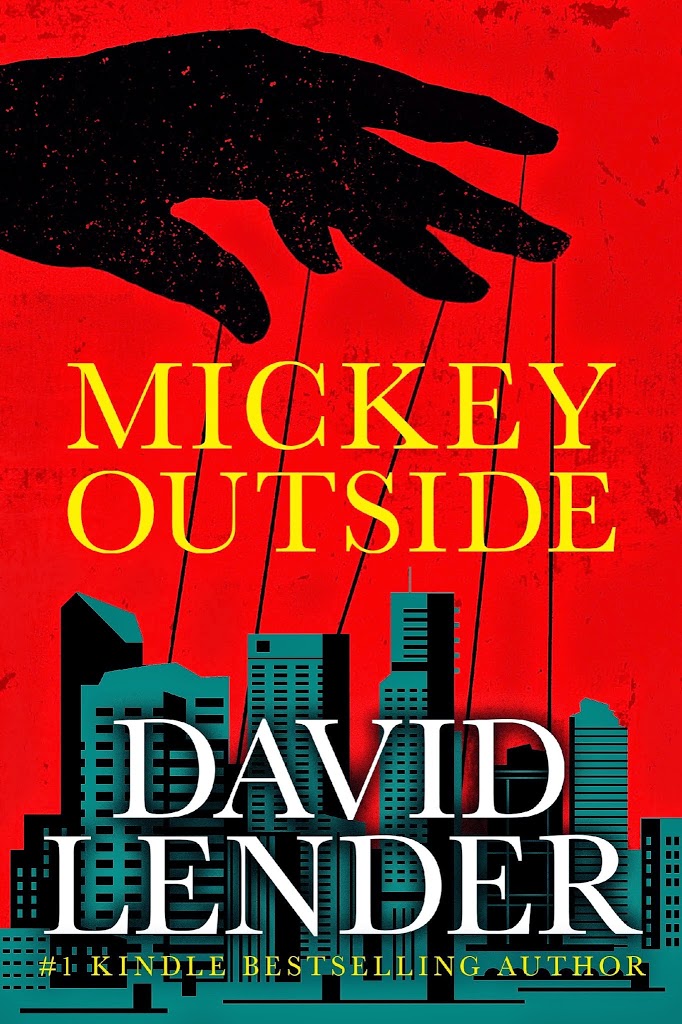The Theft of the Mona Lisa
In 1911, an Argentinian con man, the Marques Eduardo de Valifierno, came up with the idea for the signature scam of his life: the theft of the Mona Lisa.
But that was only half of it. The other half was that, before the theft, he commissioned a famous French art forger named Yves Chaudron to paint six perfect copies of the Mona Lisa and had them shipped to different cities around the world.
Next, de Valifierno hired an Italian carpenter working in the Lourve Museum named Vincenzo Peruggia to steal the Mona Lisa. On the day of the theft, Peruggia hid in a broom closet until closing, then stepped out of his closet and lifted the Mona Lisa off the wall. He hid it under his smock and simply walked out of the museum.
After the sensational publicity about the theft, de Valifierno lined up six wealthy art buyers who fell all over themselves to buy his copies for millions, each thinking they’d bought the genuine article.
Peruggia hid the original in the false bottom of a chest in his spartan Paris apartment for two years until the Paris police dragnet ran its course. Then he took it back to Italy with him. Once there, he contacted a Florentine art dealer, Alfredo Geri, saying he had the Mona Lisa and wanted to sell it. Geri agreed to meet Peruggia, bringing the director of the Uffizi Gallery with him to authenticate the painting. Once Geri knew he was looking at the real thing, he phoned the police and Peruggia was arrested. By the time the world learned that the Mona Lisa had been recovered, de Valifierno had disappeared and it was too late for the buyers of his forgeries to do anything about it.
Some of that story is true, at least the part about Peruggia stealing the Mona Lisa in 1911, his means of accomplishing it, the fact he tried to resell it two years later and his arrest for it. The stuff about de Valifierno, the forgeries and his wealthy art buyers are legend, and no one is sure whether or not any of that is real. But it’s a story often retold, and probably embellished upon with each retelling.
That story inspired my new novel, Mickey Outside, about an art scam featuring Mickey Steinberg, one of the characters in my third novel, Bull Street. And since novels are made-up stories, why shouldn’t I use de Valifierno’s apocryphal scam as the basis for Mickey Steinberg’s story?
In Mickey Outside, Mickey Steinberg, the financier of his generation and the mastermind behind a $2 billion insider trading ring, is getting ready to get out of Yankton, the cushy minimum-security Federal Prison Camp where he’s been serving a reduced three-year sentence for cooperating with the Feds. He’s broke, banned from the securities industry for life, divorced by his wife, and none of his old hoity-toity friends from the world of high society and finance in New York will take his calls.
So he needs to come up with a creative way to get back on top. He’s always been a behind-the-scenes genius, but he’s not much of a face man, so he recruits another Yankton con, Paul Reece, a good-looking, smooth-talking car-salesman type to help him put together his new con. He knocks off de Valifierno’s idea, researches famous art thefts and settles on Vincent van Gogh’s View of the Sea at Scheveningen, a stolen masterpiece that’s never been recovered. He hires an expert forger to copy it and he’s off to the races.
After his release from Yankton and his return to New York, he contacts wealthy buyers in the shadowy underground art market for stolen masterpieces and embarks upon an auction process to sell the painting to the highest bidder.
Then things begin to come unraveled, and the real story begins.
Mickey Outside is caper steeped in the art world, the glamor of New York, mega-rich luminaries, and some good fun. I hope you’ll give it a try.






 SIGN-UP TO BE AN INSIDER
SIGN-UP TO BE AN INSIDER
I bought it! I'm looking forward to reading it!
Thank you. I hope you'll enjoy it.